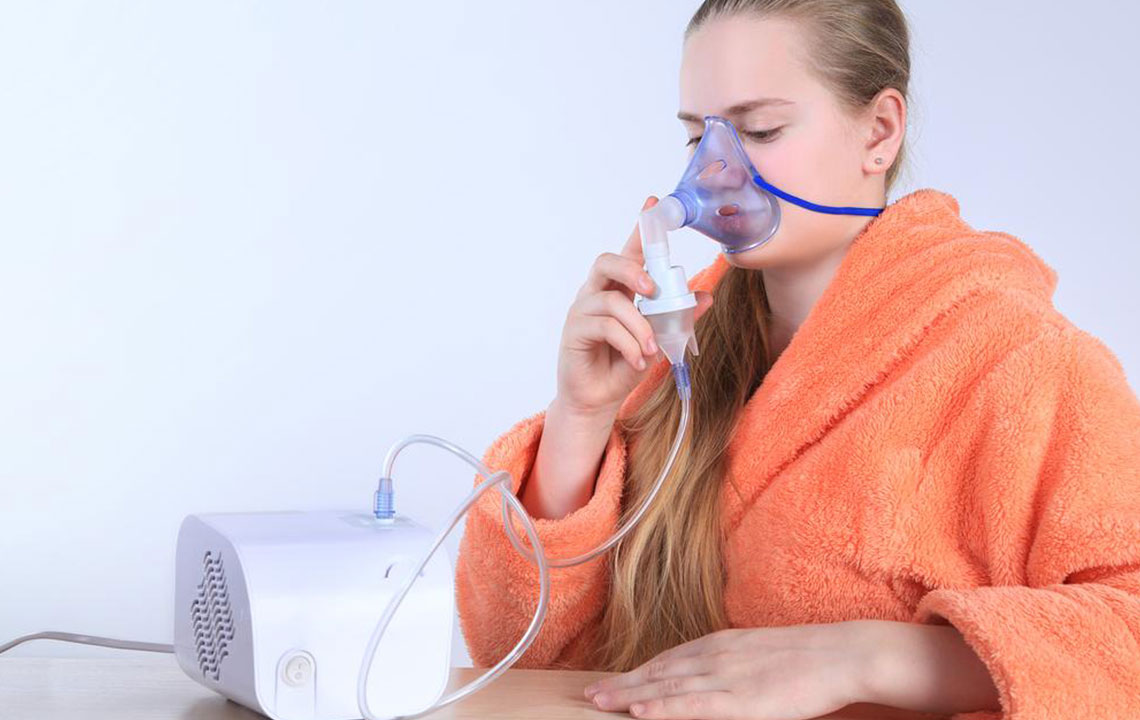Comprehensive Guide to Pleurisy: Causes, Symptoms, and Treatments
Learn about pleurisy, including its causes, symptoms, diagnostics, and treatment options. Recognize signs early to seek appropriate medical care. This comprehensive overview helps you understand the condition and highlights when to consult a healthcare professional for effective management.

Understanding Pleurisy: Causes, Symptoms, and Management
Curious about pleurisy? This article explains what pleurisy is and covers its key signs and treatment options. Pleurisy involves inflammation of the pleura, the delicate membrane surrounding the lungs and chest wall. When inflamed, these layers rub against each other during breathing, causing sharp chest pain. Causes include infections, cancer, tuberculosis, blood clots, autoimmune diseases, and heart failure.
Symptoms often include severe chest pain worsened by breathing, coughing, or sneezing, along with fever, chills, loss of appetite, headaches, joint and muscle pain, shoulder or neck pain, and shortness of breath. Fluid buildup in the chest, known as pleural effusion, can also occur, affecting lung function.
Diagnosis involves physical exams and tests like X-rays, blood tests, CT scans, ultrasounds, thoracentesis, biopsies, and thoracoscopy to identify inflammation and its cause.
Treatment depends on the underlying issue and includes medications like anti-inflammatories, antibiotics, clot-dissolving drugs, pain relievers, and bronchodilators. Hospitalization may be necessary to drain excess fluid. Rest and side-lying positions can help manage discomfort. Seek prompt medical attention if symptoms appear to ensure proper care.
Note:
This article offers helpful information on pleurisy, but it shouldn't replace professional medical advice. For accurate diagnosis and treatment, consult a healthcare provider. The content presented here is for educational purposes and may not cover all individual circumstances.










